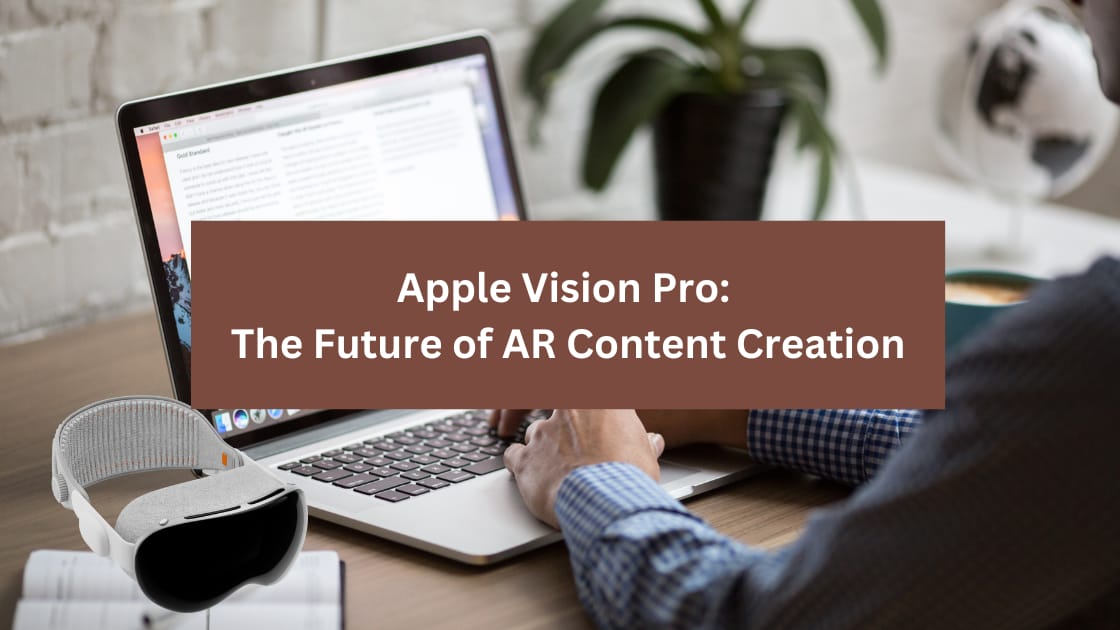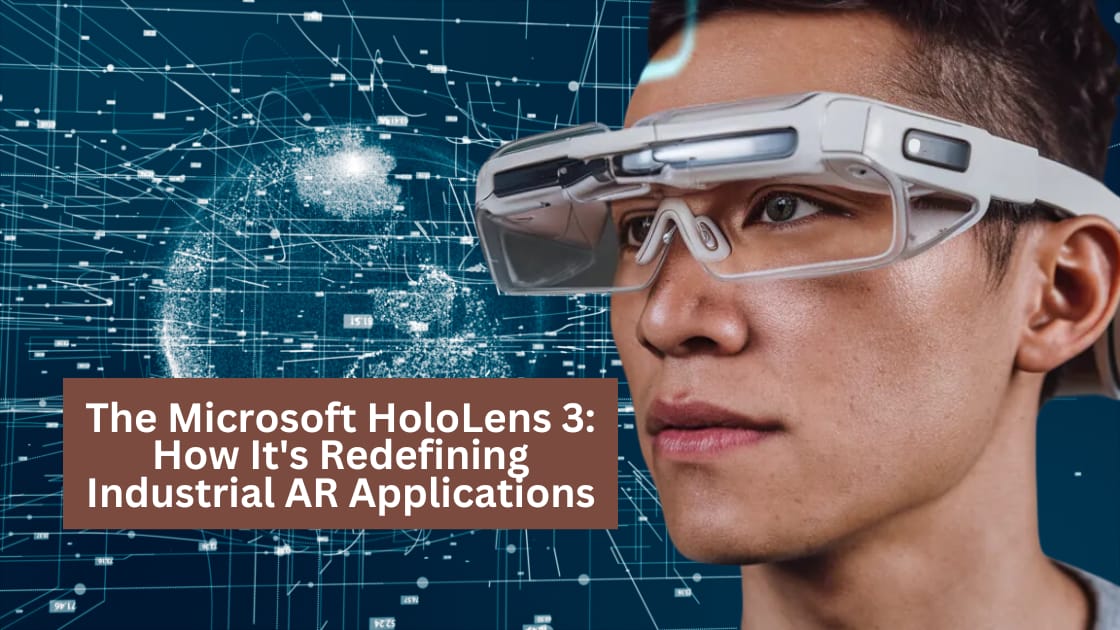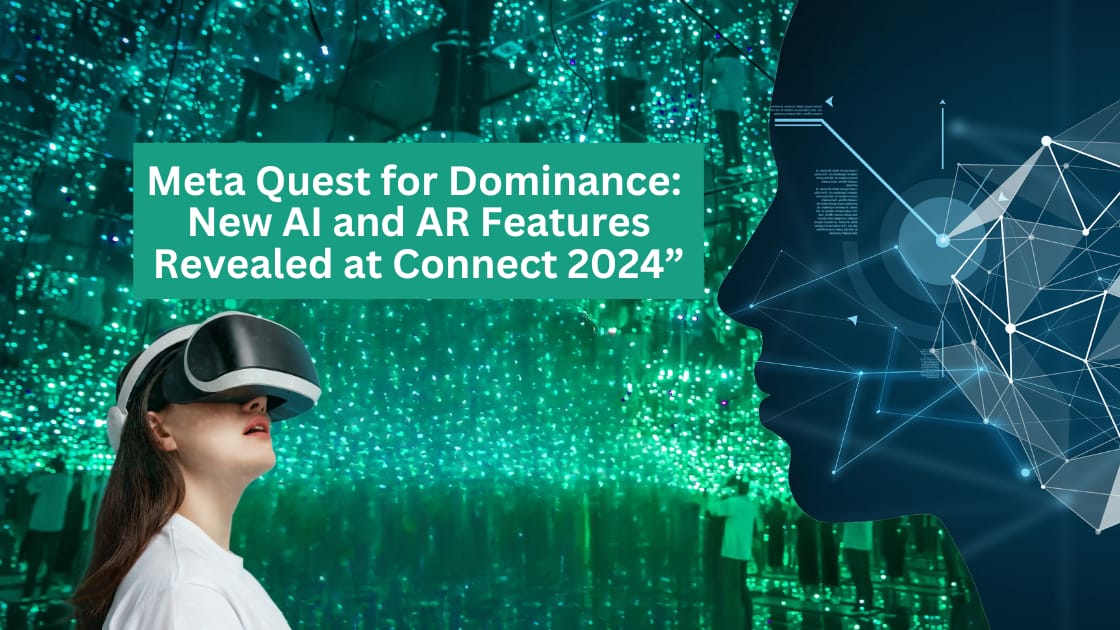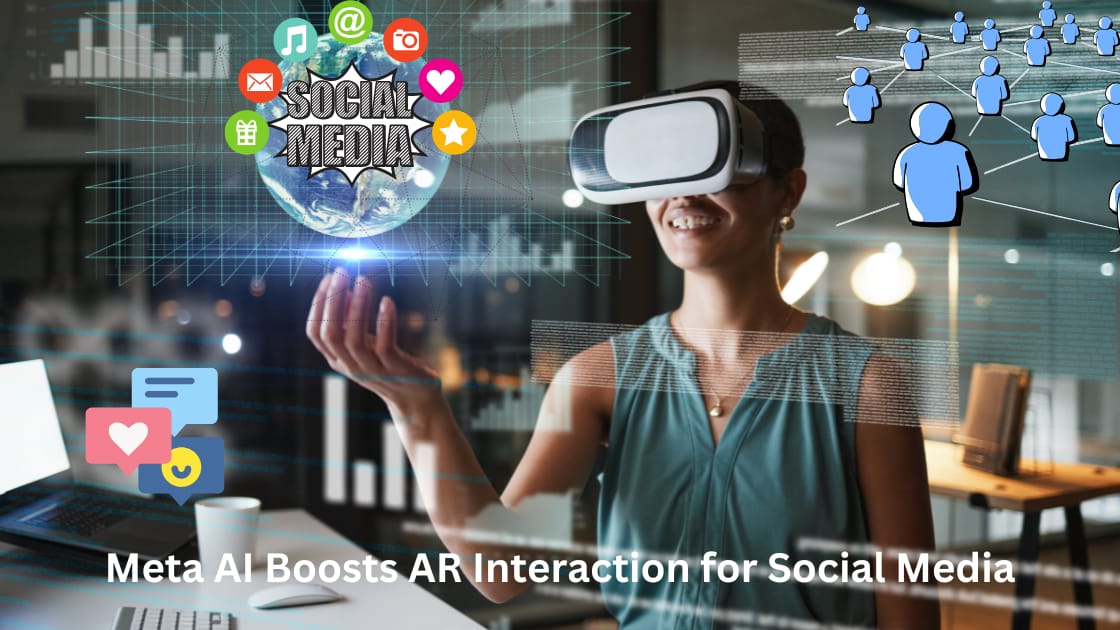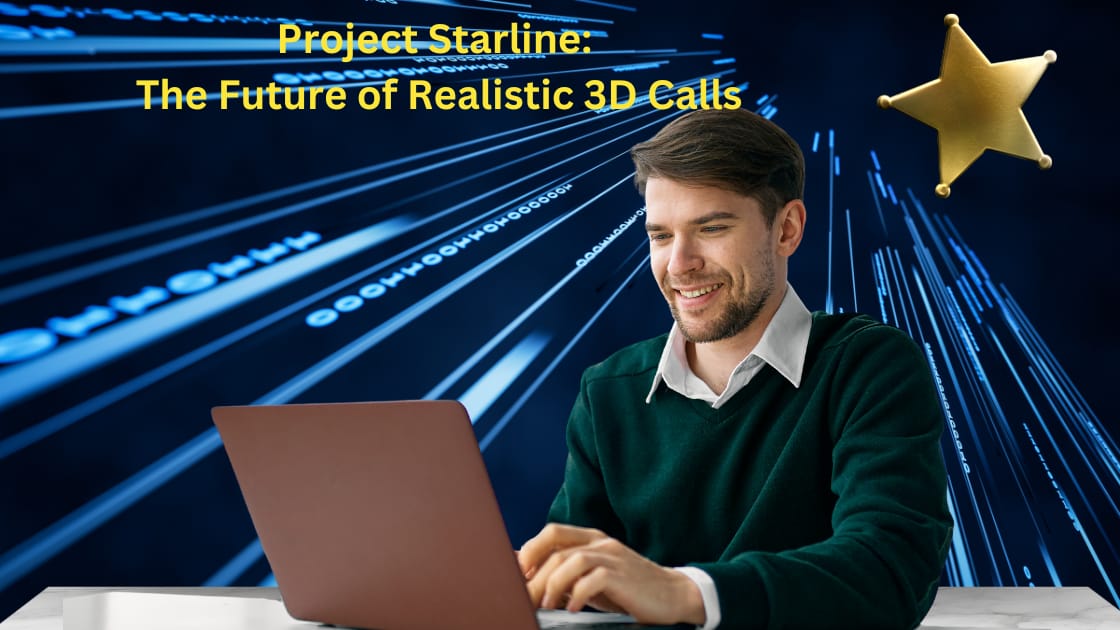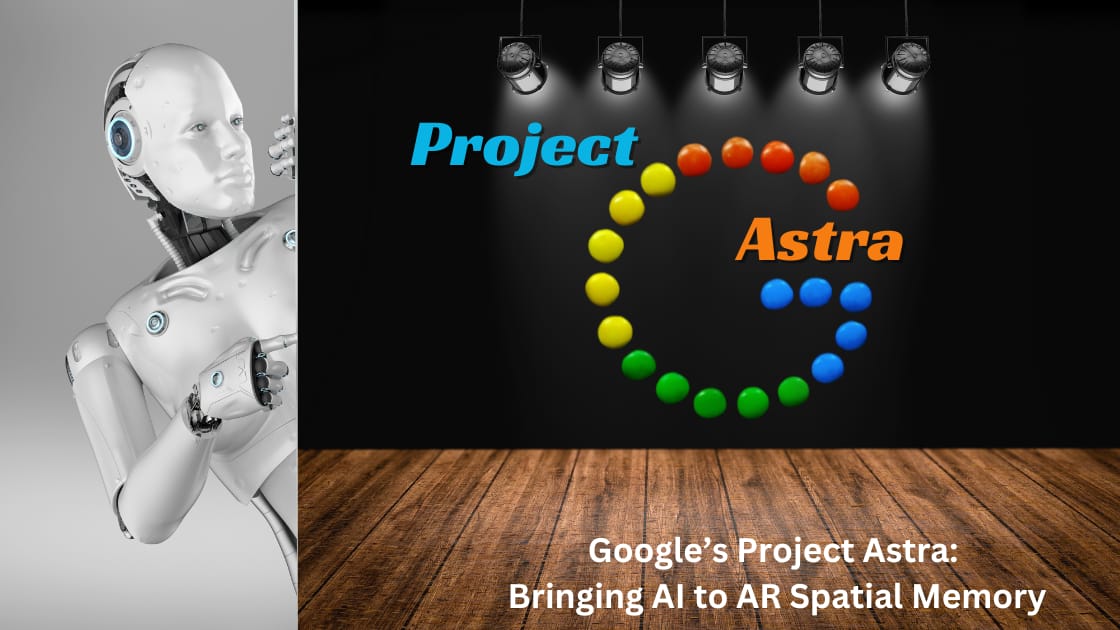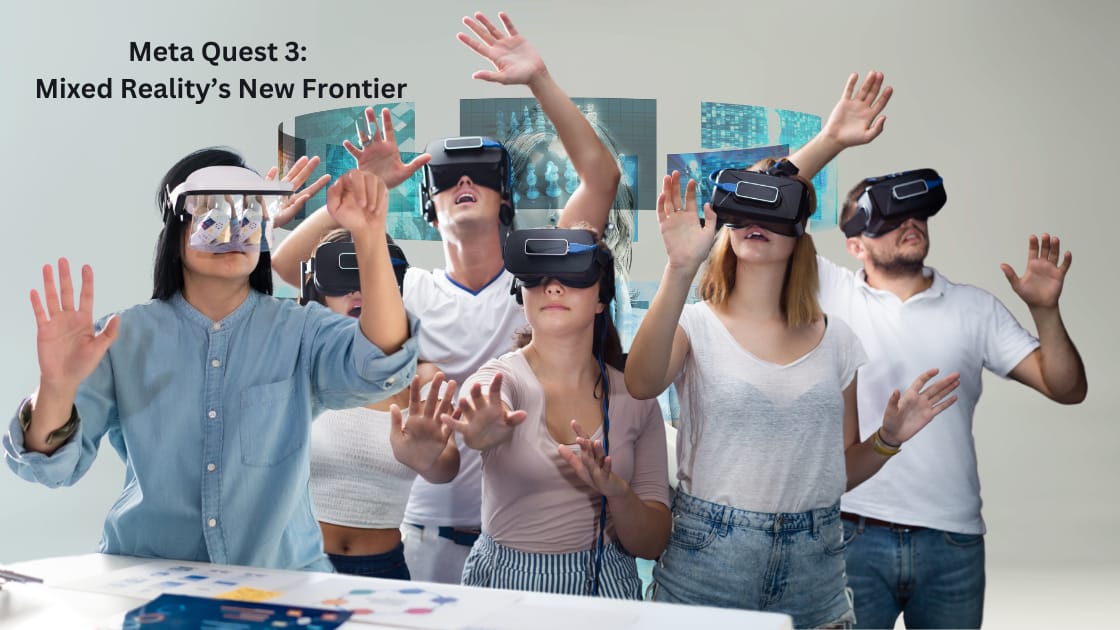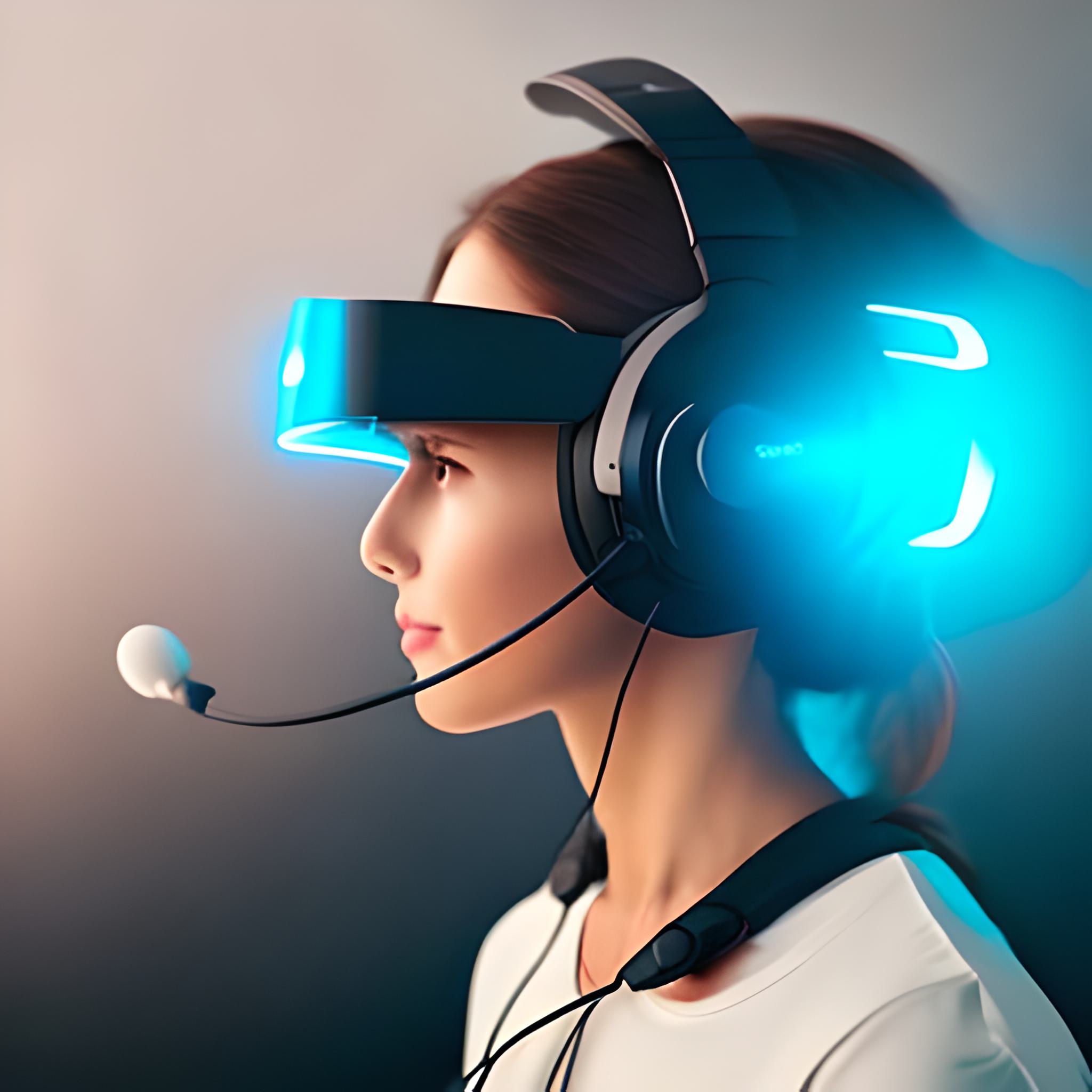Apple Vision Pro: The Future of AR Content Creation
Apple Vision Pro represents a groundbreaking leap into augmented reality (AR), seamlessly merging the digital and physical worlds. With its advanced hardware, immersive display, and robust software ecosystem, the Vision Pro is set to revolutionize AR content creation. Designed to redefine how creators, developers, and consumers interact with augmented environments, it promises to elevate storytelling, … Read more

